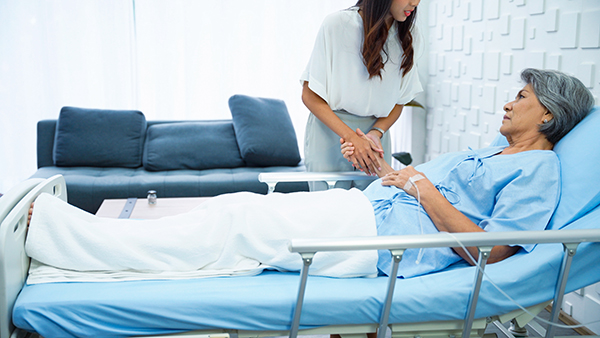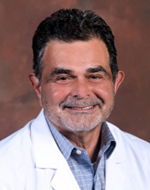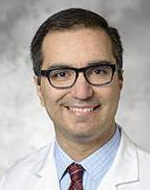Discussion:
Correct answer: 1. Contact precautions. The appropriate measures for preventing transmission of C auris are:
- Hand hygiene
- Contact precautions in hospitals
- Cleaning and disinfection of the patient care environment and reusable equipment with recommended products (paying particular attention to high-touch surfaces)
In addition, the facility should also ensure:
- Communication of the patient’s status when transferred
- Screening contacts of new cases of C auris
- Laboratory surveillance.3
Answers 2, 3, and 4 are incorrect. C auris is not spread via droplets or airborne mechanisms, so respiratory precautions are not needed.
Additional Points
For hand hygiene to prevent the spread of C auris, an alcohol-based hand sanitizer (ABHS) is the preferred method when hands are not visibly soiled. If hands are visibly soiled, washing with soap and water is recommended.3 The World Health Organization’s five moments of hygiene should be followed, which indicate that hand hygiene should be performed (1) before touching a patient; (2) before a clean/aseptic procedure; (3) after body fluid exposure risk; (4) after touching a patient; and (5) after touching patient surroundings.4 Visitors should also perform hand hygiene before and after visiting the patient.5
In terms of transmission-based precautions, healthcare providers should use contact precautions when caring for patients in hospitals and long-term acute-care facilities. These recommendations mirror those for patients who are infected with other multidrug-resistant organisms. These procedures include the donning of gowns and gloves on every entry into a resident’s room and doffing those gowns and gloves on exit.6
Additionally, a single-patient room is preferable for isolation. If a limited number of single-patient rooms are available, they should be prioritized for people at higher risk of pathogen transmission (eg, those with uncontained secretions or excretions, acute diarrhea, or draining wounds). Where possible, it is best to dedicate mobile medical equipment to the individual patient. For equipment that cannot be dedicated, staff should ensure the equipment is cleaned and disinfected adequately between uses.3
Since this is the first case of C auris at the healthcare facility, it is especially important to provide healthcare worker education about infection control and prevention, transmission routes, and other aspects of care. For example, staff need to be clear about who is cleaning what. Is it the healthcare workers themselves, or environmental services? Many public health departments’ investigations have found that healthcare providers are often unclear about who is responsible for cleaning mobile or reusable equipment and how it should be cleaned. Infection preventionists can create a “who cleans what” list to clearly designate responsibilities. They can also make sure that there is routine (at least daily) cleaning and disinfection of patients’ rooms and other places where patients receive care. They can also ensure that reusable equipment is cleaned after each use, labeled as cleaned and disinfected, and stored away from dirty equipment.3








